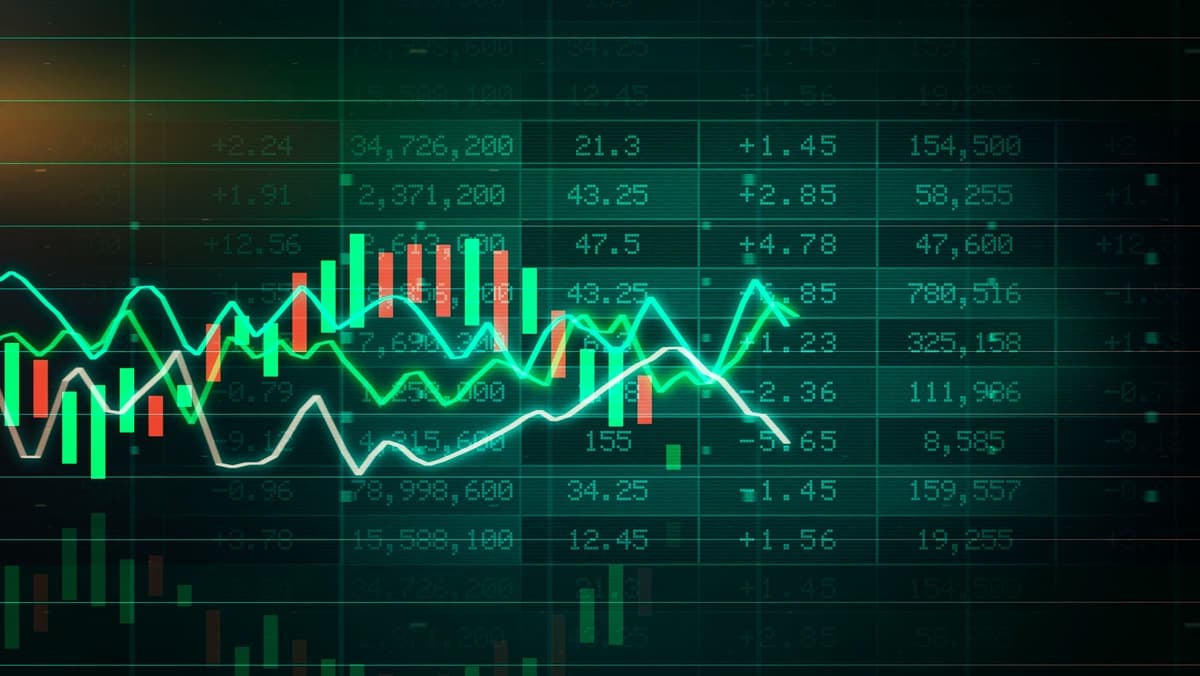Friday Nov 15 2024 06:08

4 min

Navigating the stock market can be challenging, particularly with the wide range of technical indicators available to traders. Among these, the Stochastic Momentum Index (SMI) is a lesser-known yet highly effective tool for assessing market trends and momentum.
The Stochastic Momentum Index (SMI) is a technical indicator created by William Blau, and it offers a more refined approach compared to the traditional Stochastic Oscillator. While the Stochastic Oscillator measures the position of the current price relative to the highest and lowest prices over a specified period, the SMI enhances this by incorporating the midpoint of the price range. This adjustment helps provide a smoother and more accurate representation of price momentum, making the SMI a valuable tool for traders seeking clearer momentum signals.
1. %K Line: This is the main line of the SMI and represents the raw momentum calculation.
2. %D Line: This is the signal line, which is a moving average of the %K line. It is used to smooth out the fluctuations and provide clearer signals.
3. High and Low Range: The highest and lowest prices over a given period, which are used to calculate the midpoint.
Now that you understand the basics of the SMI, let’s dive into some trading strategies you can use:
1. SMI Crossover Strategy
This strategy relies on the crossover between the %K and %D lines to generate buy and sell signals.
Buy Signal: When the %K line crosses above the %D line, it indicates bullish momentum. Enter a long position.
Sell Signal: When the %K line crosses below the %D line, it indicates bearish momentum. Enter a short position.
2. Overbought and Oversold Strategy
This strategy uses the overbought and oversold levels of the SMI to identify potential reversal points.
Buy Signal: When the SMI moves below -40 and then crosses back above, it indicates that the asset might be oversold. Enter a long position.
Sell Signal: When the SMI moves above +40 and then crosses back below, it indicates that the asset might be overbought. Enter a short position.
3. Divergence Strategy
Divergence between the SMI and price action can be a powerful indicator of potential reversals.
Bullish Divergence: When prices are making lower lows, but the SMI is making higher lows, it indicates a potential bullish reversal. Enter a long position.
Bearish Divergence: When prices are making higher highs, but the SMI is making lower highs, it indicates a potential bearish reversal. Enter a short position.
Backtest Your Strategy: Before risking real money, backtest your trading strategy using historical data to confirm its reliability and effectiveness.
Implement Proper Risk Management: Always use stop-loss orders to protect your capital and control risk exposure. Never risk more than you're willing to lose.
Stay Informed with Market News: Economic events and market updates can significantly influence price movements. Keep up with the latest news to avoid unexpected market shifts.
Exercise Patience and Discipline: Trading requires both patience and discipline. Stick to your strategy, avoid making impulsive decisions, and remain focused on your long-term goals.
When considering shares, indices, forex (foreign exchange) and commodities for trading and price predictions, remember that trading CFDs involves a significant degree of risk and could result in capital loss.
Past performance is not indicative of any future results. This information is provided for informative purposes only and should not be construed to be investment advice.
Risk Warning and Disclaimer: This article represents only the author’s views and is for reference only. It does not constitute investment advice or financial guidance, nor does it represent the stance of the Markets.com platform. Trading Contracts for Difference (CFDs) involves high leverage and significant risks. Before making any trading decisions, we recommend consulting a professional financial advisor to assess your financial situation and risk tolerance. Any trading decisions based on this article are at your own risk.